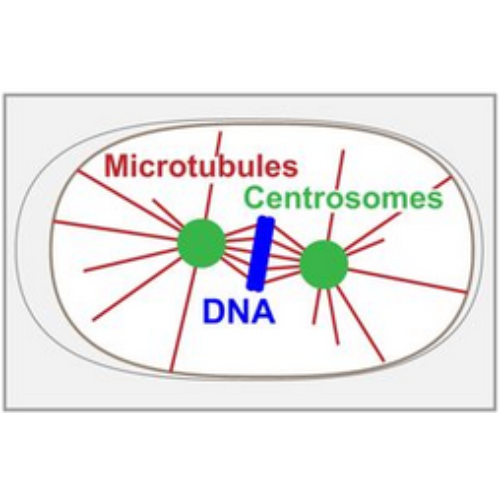Phosphatase PP2A and microtubule-mediated pulling forces disassemble centrosomes during mitotic exit.
Centrosomes are microtubule-nucleating organelles that facilitate chromosome segregation and cell division in metazoans. Centrosomes comprise centrioles that organize a micron-scale mass of protein called pericentriolar material (PCM) from which microtubules nucleate. During each cell cycle, PCM accumulates around centrioles through phosphorylation-mediated assembly of PCM scaffold proteins. During mitotic exit, PCM swiftly disassembles by an unknown mechanism. Here, we used Caenorhabditis elegans embryos to determine the mechanism and importance of PCM disassembly in dividing cells. We found that the phosphatase PP2A and its regulatory subunit SUR-6 (PP2ASUR-6), together with cortically directed microtubule pulling forces, actively disassemble PCM. In embryos depleted of these activities, ∼25% of PCM persisted from one cell cycle into the next. Purified PP2ASUR-6 could dephosphorylate the major PCM scaffold protein SPD-5 in vitro Our data suggest that PCM disassembly occurs through a combination of dephosphorylation of PCM components and force-driven fragmentation of the PCM scaffold.

- Biol Open. 2018 Jan 12;7(1)
- 2018
- Cell Biology
- 29222174
- PubMed
Enabled by:
